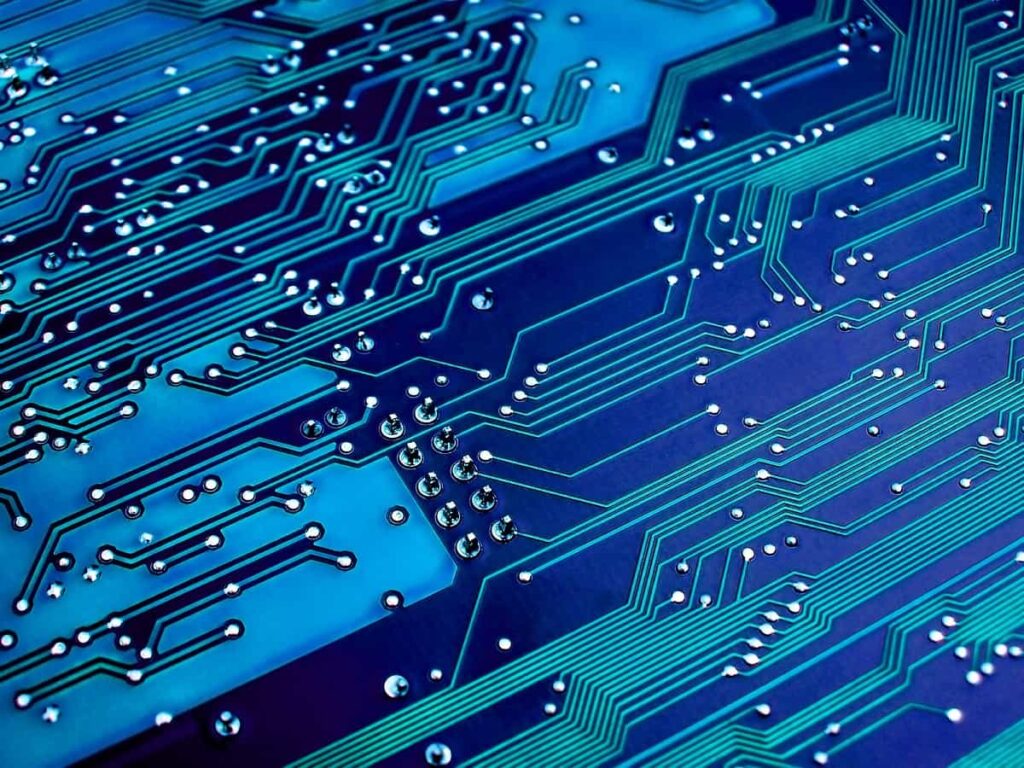Camtek is not a 3D Printing Stock
Table of contents
Table of contents

One company that has recently decided to throw its hat into the 3D printing space is Camtek (NASDAQ:CAMT) with statements made in their Q3 2013 results discussion as follows:
“And we are expecting our long-term growth plans to mature with the plant launch of 3D inkjet solder mask printer next year…we expect to start test at a customer site within eight to 12 weeks it has been a long way in getting to this point… this 3D solder mask printing technology will expand out addressable market by an additional $600 million to $700 million…”
No more than a few paragraphs of statements using the term 3D printing created a frenzy of speculation driving Camtek’s share price up over +70% yesterday alone with some newsletters even using comparable 3D printing multiples to imply that CAMT should still increase by more than 200-300% still. Is this recent price increase for Camtek merited?
3D Printing Defined
3D printing is defined by the ability to create 3 dimensional solid objects from a digital model using various materials such as plastics, metals, or ceramics. Companies such as Xone, 3D Systems, and Stratasys all manufacture printers that produce 3D dimensional objects, a market with projected growth of CAGR 20-25% for the next 7 years. This perceived growth is what justifies such lofty valuations for these companies. Other companies such as Hewlett Packard or Xerox build printers that apply ink onto a substrate. These would be considered 2D printers. If the ink were replaced with glue, solder, or metal such that it was raised off the surface of the substrate, it would still be considered 2D printing. These companies have much lower valuations because perceived growth is not so high.
Printed Circuit Boards
At an industrial scale, circuit boards have been printed for decades now using various techniques. The appeal of a desktop printer that can “print” printed circuit boards is flexibility, the ability to print in small lots, and the ability perhaps to print on a variety of substrates. “Printing” circuits in this manner is 2 dimensional and the methods are hardly new having been around for decades.
Camtek
Camtek sells automated solutions that enhance production processes for the semiconductor manufacturing and packaging, the printed circuit board (PCB) and integrated circuit (IC) substrate industries. Camtek currently has a product called the Greenjet which is an inkjet solder mask deposition system. It is described as “…completely replacing conventional coating, drying, exposure and development processes currently used in printed circuit board manufacutring… the fist ever single-step digital solder mask deposition system… with just one push of a button, solder mask is being jetted with high registration accuracy..”
This is a very appealing value proposition but hardly new. This inkjet solder mask printer was first introduced in 2007 as seen below:

Conclusion
Camtek acquired the Greenjet when they purchased Printar for $2.5 million in 2009. If the above product which has been around for 6 years had a name change from “Camtek’s digital inkjet solder mask printing system” to “Camtek’s 3D inkjet solder mask printer” would this mean the company is now a 3D printing company? Other than some vague statements in an earnings call discussion, investors should expect much more information before considering this a 3D Printing investment opportunity, specifically just how 3D printing can be applied to printed circuit boards when this has been a 2 dimensional process for decades. Where will the growth opportunity come from? Speculators on the other hand, both long and short, may enjoy some quick gains around the hype generated so far.
Sign up to our newsletter to get more of our great research delivered straight to your inbox!
Nanalyze Weekly includes useful insights written by our team of underpaid MBAs, research on new disruptive technology stocks flying under the radar, and summaries of our recent research. Always 100% free.
















I believe you havent got the point …. which is not 2D vs 3D …. but up to 600-700mil potentially added to the top line
for such a “small” company … it’s quite a lot …. say x7 previous size …. I would therefore expect market cap to stabilise at around $7-$8 /sh range ….
The reason this went on a tear was because of a Seeking Alpha article written by someone who has been calling out many other companies as “3D Printing Companies” and they react accordingly with volume and share prices rocketing. The author admits being on the long side prior to publishing his article which is fair enough. It would then make sense for the author to at some point go on the short side soon which inevitably will be profitable since the markets always adjust to reflect fair pricing. Regardless, prepare to be attacked for offering up an opposing viewpoint.
600-700 million “addressable” market is not the same as ” we expect to sell 600 million worth” of this new “printer”…. we remain skeptical. Call us when it ships… if it ships… and if someone buys it
If all it does is print the solder mask for 1 layer, then you are correct, it’s a 2D printer. If, however, they develop a printer that can print an entire multi-layer circuit board, then they do indeed have something revolutionary. As an electrical engineer, I’ve designed a few multi-layer circuit boards with a power plane, a ground plane, and 4 circuit layers. If the circuit board can be printed with both conductive and non-conductive layers, then it will certainly become an instant seller. I work for a Fortune 50 company. In our small lab we have 2 $30,000 Stratasys 3D printers to print the plastic cradle and casings for out mobile computers. This can be done overnight. What slows us down is waiting on the circuit boards. If we could print those overnight and populate them the next day, we’d save at least a week’s time. As to whether this has been around since 2007, my understanding is that it never went into production, it was just a concept. Time will tell.